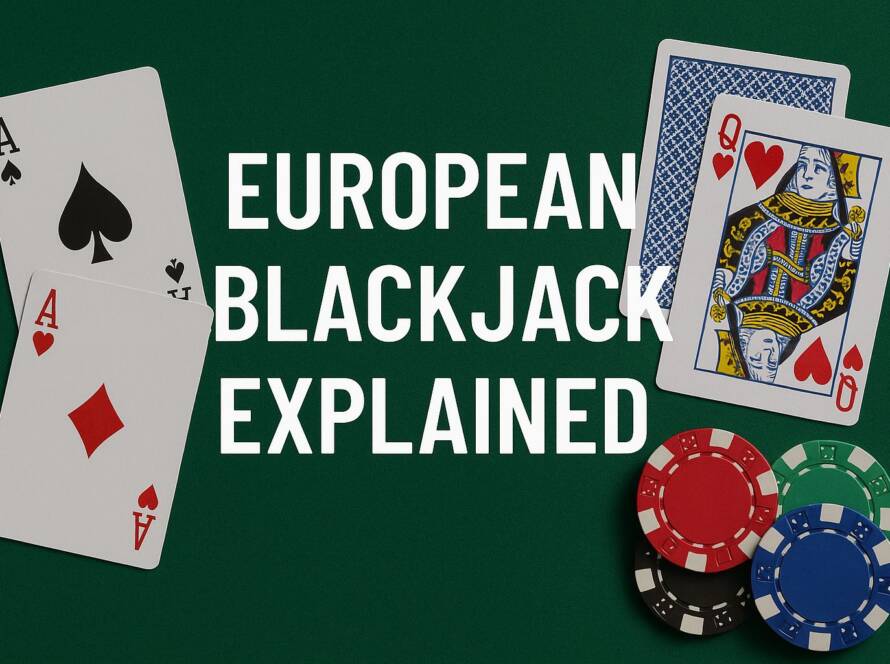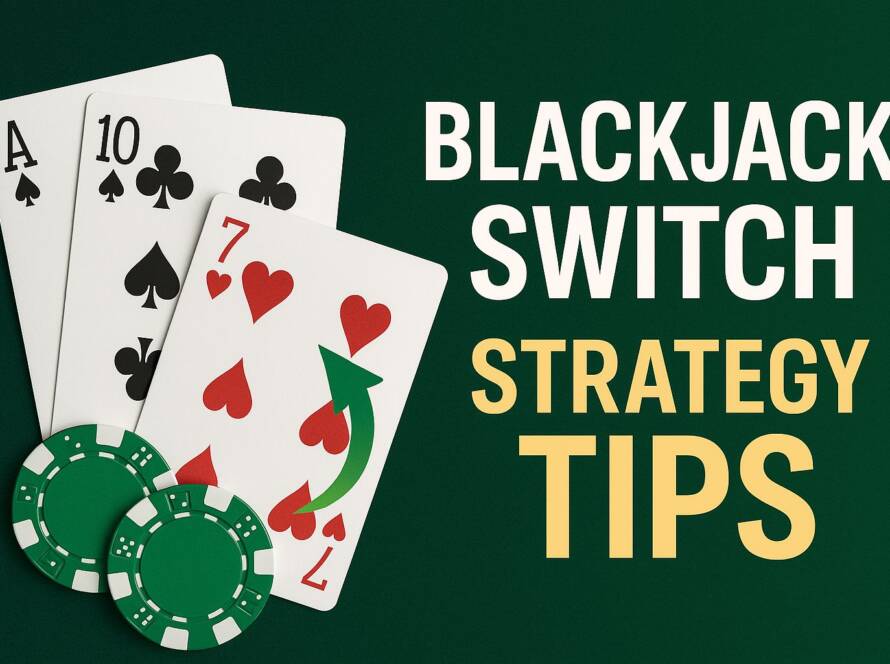Spanish 21 might look like a cousin of blackjack, but its house edge tells a very different story. Players are often surprised to find that this casino game gives better odds, if they know how to play it right.
So, what is the house edge of Spanish 21, how does it stack up, and why does Spanish 21 stand out in a sea of blackjack variations? Let’s break it all down with real numbers, simple math, and a few tricks the casinos hope you won’t learn.
Table of Contents
The Basics of Spanish 21
To understand the house edge and does Spanish 21 have better odds than blackjack, you need to understand how the game works. Spanish 21 is a variation of blackjack that uses Spanish decks, which means all the 10s are removed, leaving only 48 cards per deck.
That small change has a huge impact on both strategy and edge. But the game also adds a list of player-friendly rules to balance that loss.
- 10s are removed: You still have face cards (J, Q, K), but no 10s.
- Player 21 always wins: Even if the dealer hits 21, the player wins if they reach 21.
- Late surrender allowed: You can surrender after the dealer checks for blackjack.
- Double after split (DAS): You can double down after splitting pairs.
- Double on any number of cards: Not just the first two.
- Bonuses for certain 21s: Get paid extra for 21s made with 5, 6, or 7+ cards.
These rules heavily impact how the house edge is calculated. Each one reduces the casino’s advantage in different ways.
House Edge of Spanish 21 vs Regular Blackjack
In a typical 6-deck blackjack game using common Vegas rules, the house edge is around 0.50%, assuming perfect basic strategy. In contrast, Spanish 21’s house edge can range from 0.40% to as low as 0.38%, but only if you’re using the correct Spanish 21 basic strategy.
Key Factors That Influence House Edge
- Number of decks: Fewer decks = lower house edge. A single-deck Spanish 21 game offers the best odds.
- Payouts for bonuses: Some casinos pay 3:2 on 21s with 5+ cards, others don’t. These differences matter.
- Dealer hits or stands on soft 17: When the dealer stands on soft 17, the house edge drops. If the dealer hits, the edge increases by 0.20% or more.
- Surrender rules: Being able to surrender late reduces the edge by about 0.10%.
So, if you’re playing a single-deck Spanish 21 game with generous bonus payouts and a dealer that stands on soft 17, the house edge is exceptionally low, even better than most blackjack tables.
Why Removing 10s Doesn’t Kill Your Odds
Losing the 10s might seem like a big blow to your chances, but the math says otherwise. When the 10s are removed, there are fewer high-value cards to help you hit blackjack. This naturally benefits the house.
However, Spanish 21 adds enough player-favorable rules to not just compensate for that, but to tilt the balance slightly in your favor when played well.
How Bonus Rules Offset the Loss
- 5-Card 21 pays 3:2
- 6-Card 21 pays 2:1
- 7+ Card 21 pays 3:1
- 21 with 6-7-8 or 7-7-7 of mixed suits pays 3:2
- Same combo of same suit pays 2:1
- Same combo of spades pays 3:1
These bonus payouts are not present in regular blackjack and have a measurable impact on the overall house edge. If you can consistently get long 21s (with 5+ cards), your expected return goes up fast.
Calculating the Real House Edge in Spanish 21
In a 6-deck Spanish 21 game, with the dealer hitting soft 17, and all standard bonus rules, the house edge is roughly:
- 0.76% for casual players
- 0.42% using correct Spanish 21 basic strategy
- 0.38% in optimal single-deck conditions
That 0.38% number makes Spanish 21 one of the lowest house edge games in any casino, beating out standard blackjack, craps (on most bets), and nearly all slot machines.
Because of the bonus payouts, regular blackjack strategy won’t cut it. Spanish 21 requires a custom basic strategy designed specifically for its rule set. Making the wrong move, like hitting when you should double, or skipping surrender, can double or triple the house edge instantly.
That’s why many players who don’t learn the proper Spanish 21 chart end up facing house edges above 1%, despite the game’s potential.
Best Situations for Players in Spanish 21
Here are the ideal conditions to aim for if you want the lowest house edge possible.
- Single-deck game
- Dealer stands on soft 17
- Full set of bonus payouts
- Double after split and on any number of cards
- Late surrender allowed
If you see all of these in a game, and use proper strategy, you’re in one of the best possible player scenarios in any table game.
Watch Out for These Variations
Some casinos tweak the rules to favor the house more. Here are some red flags:
- Dealer hits soft 17
- No bonus payouts
- No double after split
- No surrender allowed
Any of these rules can raise the house edge significantly, even above 1.0%.
Should You Play Spanish 21 Instead of Blackjack?
If you’re a skilled player and willing to learn Spanish 21 strategy, yes.
Spanish 21 is not just a novelty version of blackjack, it’s a better game for the informed player. The low house edge and high bonus payouts make it incredibly appealing if you know how to approach it. But it also punishes lazy play harder than standard blackjack.
For recreational players who don’t want to study the chart, blackjack may be simpler. But if you’re looking for the best odds and more fun rules, Spanish 21 can be a goldmine.
Conclusion
So, what is the house edge of Spanish 21? The honest answer is: it depends on you. With optimal rules and perfect play, it drops to a stunning 0.38%, better than most blackjack games. But if you walk in unprepared, the house will eat you alive with those missing 10s and rule traps.
The twist is, the game looks harder than it is. With the right chart and just a little patience, you’ll be playing one of the best odds games in the entire casino, and that’s no exaggeration.
Frequently Asked Questions
What is the average house edge in Spanish 21?
The average Spanish 21 house edge is between 0.38% and 0.76%, depending on the rules and whether you use the correct strategy.
Is Spanish 21 better than regular blackjack?
Yes, but only if you know how to play it properly. With the right rules and strategy, Spanish 21 offers a lower house edge and more bonus payouts than Spanish 21 odds vs blackjack.
Why does removing 10s not make the house edge worse?
The 10s are replaced by player-friendly rules like bonus payouts, late surrender, and player 21 always winning, which overcompensate for the missing cards.
Can I use a blackjack strategy chart for Spanish 21?
No. You need a dedicated Spanish 21 basic strategy chart, as the rules and probabilities differ significantly from blackjack. Using a regular chart will raise the house edge.


